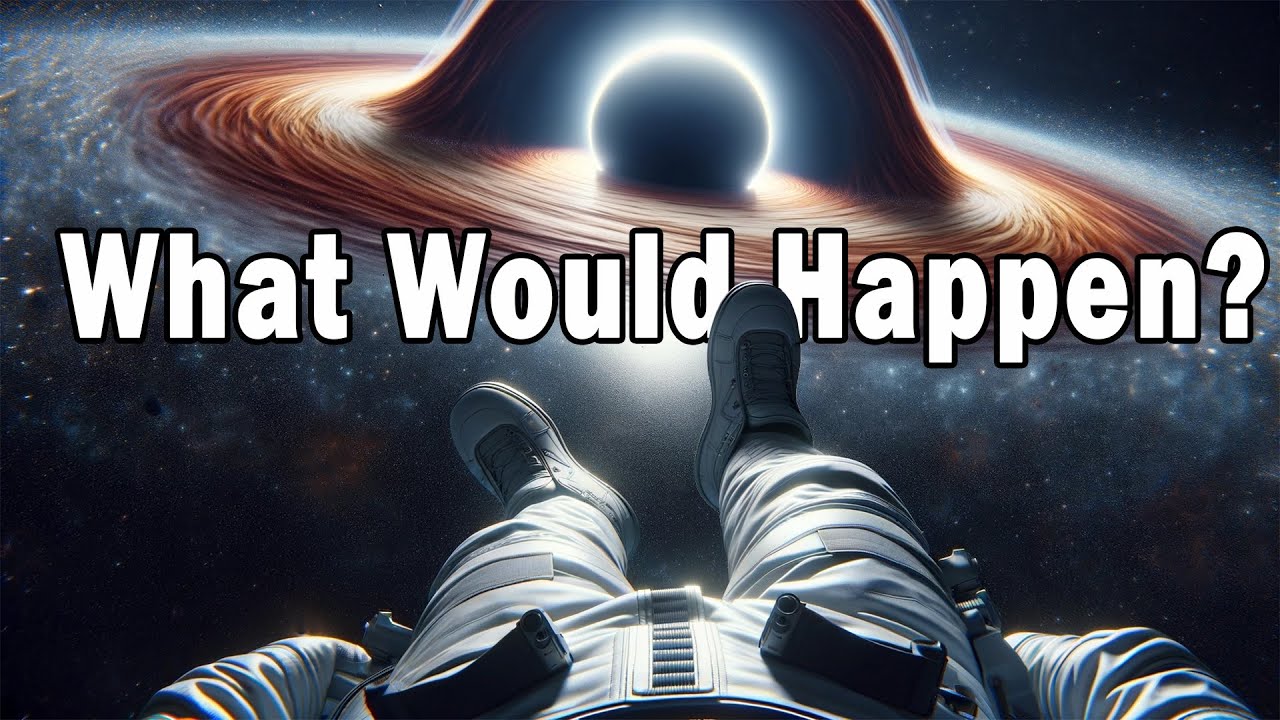What would happen as you fall past the event horizon of a supermassive black hole is a matter of some controversy. As noted in the video, the mathematics of the Schwarzschild metric (which describes an isolated non-rotating, uncharged black hole surrounded by asymptotically flat spacetime) says that, if a black hole is sufficiently large, such as the supermassive black holes found at the centres of many galaxies, tidal forces at the event horizon are small and will not cause spaghettification of an unfortunate astronaut falling past it (although at that point eventual destruction by tidal forces is unavoidable as the fall inexorably continues inward toward the central singularity).
But in a real black hole in our universe, infalling radiation from starlight and the cosmic background radiation is increasingly blueshifted as you fall toward the event horizon, becoming infinitely so when you cross it. This may result in an observer crossing the horizon, although safe from tidal destruction, to become a crispy critter before getting a chance to peek inside the horizon. Further, some physicists believe that due to quantum mechanical effects, there is a “firewall” near or at the event horizon which would incinerate any observer crossing it independently of the effect of infalling radiation.
Finally, real-universe black holes are not isolated in empty space, but usually surrounded by interstellar gas and dust which they suck in via an accretion disc. This material experiences extreme heating and emits intense electromagnetic radiation, which would be career-limiting to an intrepid black hole explorer.
